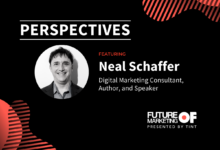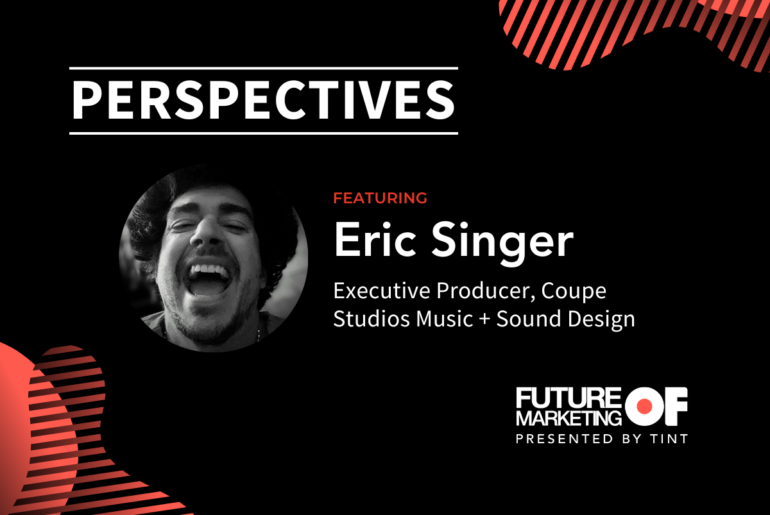Why is UGC so compelling?
By now marketers have realized UGC works well, really well. Coca-Cola, Nestle, LinkedIn, and even higher education institutions like Purdue University have UGC in their marketing strategy.
And it’s for good reason:
- Ads based on user-generated content receive 4 times higher click-through rates and a 50% drop in cost-per-click compared to average ads.
- One-quarter of search results (25%) for the world’s biggest brands are links to user-generated content.
- Almost half of customers (48%) claim that user-generated content is a great method for them to discover new products.
UGC is more authentic than branded content. Sixty-four percent of consumers will not only strongly consider online reviews, but they will also actively seek them out before making a final purchasing decision. But we don’t have to tell you that…just look back at your Amazon buying experience and tell us the last time you *didn’t* scroll down to the review section before buying a product.
UGC is a part of the marketing funnel in today’s marketing world. But, what’s the science behind it?
The Psychology of UGC: Why Do People Care About User-Generated Content?
We know there’s a science behind UGC by its success stories across industries. Ecommerce products are using UGC in the exact same way B2B SaaS uses it. How does a visual marketing strategy transcend industries, products, and offers? By its roots in psychology. And it all starts with our desire to curate ourselves…as a brand.
People are Acting as Brands (Even If They Don’t Realize It)
Whether people realize it or not, there’s a huge shift towards personal branding. Some people do it strategically, with the goal of writing “Influencer” on their resume. But others are doing it out of normalcy, sharing their experience at their kid’s local dance class or their infamous Mickey Mouse-shaped pretzel at Disney world.
When someone with 200 followers shares their negative experience with an airline losing their bag–they’ve stepped into chartered influencer territory. They might be looking to let off steam and potentially get a deal from the airline, but the reality is they’re in the act of influencing and creating their brand. (A brand that doesn’t buy from a certain airline anymore).
More than half of consumers wish brands would tell them what type of content to create and share. And when brands show them what content to create—they go for it (despite lacking a dream of influencing for a living). Remember when Casper hit social media with their unfolding mattresses?
These were customers who had purchased their Casper at full price, documenting their experience opening it, and sharing it with their friends and family because…they saw other people doing it. Casper’s influencer marketing campaigns (including a sponsored Kylie Jenner post) taught their audience how to create their unboxing UGC. We can only imagine how much UGC was flooding Casper back in those days (and probably still is!).
Part of the psychology behind user-generated content comes from doing what we see others do online. When we see influencers share their experiences and favorite products, we also feel compelled to do the same. At its foundation, we can assume this comes from the desire to fit in and understand social trends. If people are spending an average of 145 minutes on social media per day, they’re being indoctrinated into how to create UGC as they scroll through hundreds of Instagram stories, feed posts, TikToks, tweets, and watch YouTube videos.
Our #1 Desire is to Belong (And Our Digital Identities Show It)
By doing what we see others do online, we’re able to belong. With the online world becoming a bigger part of our daily lives (and with the metaverse looming potentially the majority of our lives!), we’re looking to belong online just as much as we are in person. Our online personas have become our digital personal brands tied to our identity.
- Do we align with that brand?
- Do we stand with the choices of that politician?
- Do we feel the need to talk about current events?
People are building their identities online by sharing where they buy from, who they voted for, and what current events they believe should be prioritized. We’re also showcasing what motivates us, our future goals, and our biggest celebrations (how often do you see someone post about closing on their new home?).
As our identities become part of our digital personas, the psychology behind belonging taps into the online world. We want to create content that makes us belong online and offline. And that sparks user-generated content.
Is a company giving back 100% of profits on all orders for the next 48 hours? Sharing that you took part in that campaign on your Instagram stories aligns with your identity of being someone who gives back.
Did your favorite influencer launch a clothing brand that aligns with your beliefs? Buying their merchandise and sharing your purchase with your Twitter audience shows what beliefs you align with most.
Is a brand offering a free giveaway if you share their content to your story? Sharing their content shows what you’re interested in right now (a free vacation, conference tickets, clothes, etc.).
People support brands that align with (or parts of) their values. And we share brands that align with the identities we have of ourselves because it ensures we can maintain connections.
UGC Keeps Us Connected (and Engaged)
With user-generated content, people are staying connected and engaged with their friends, family, colleagues, acquaintances, and even high school friends. As we create UGC to satisfy our desire to belong and create an identity that’s supported by the group, we’re looking to maintain a connection. If we weren’t, we’d publish one UGC post and assume that would keep us belonging for the long term.
That’s not the case. Social media is a never-ending scroll that puts new content further and further down the feed. Stories disappear after 24 hours. If we’re not creating new content that shares our morals, values, goals, hopes, and aspirations—we’re no longer engaged.
This creates the UGC Cycle that uses the same rules of nature:
And that means we’re losing our connection…and belonging. Clearly, this is an unideal situation for anybody. Just like we didn’t want to get kicked out of the tribe in the hunter-gatherer days, we don’t want to get kicked out of the tribe today either. Despite having what we’d need to physically survive, the human desire for social interaction continues to push us towards doing the things that keep us belonging, connected, and engaged.
As our identities come more online and people continue to feel more comfortable sharing their experiences publicly, we’ll continue to move toward creating more and more content about ourselves. Sometimes that will be strategically to build an influencer-based career, but other times it will come naturally…
From watching others (ahem, Casper).
UGC Isn’t Coming to an End Anytime Soon
UGC might not always be 10-second Instagram stories or talking head TikTok videos, but it will always be a part of the digital ecosystem.
It’s the part of the ecosystem that allows any person, with 100 followers or 1 million, to pick up their phone and talk about something that matters to them (personal branding) and share why they align with it (creating belonging with others who think the same way). And it continues to cycle through the ecosystem as people continue to open up social media, or a metaverse, and share something new that matters to them…why they align with it…and the cycle continues.
The psychology of user-generated content comes down to:
- People portray themselves as brands online more than ever before (purposefully or not purposefully)
- The human desire to belong by sharing our identity online
- The need to continue social connection and engagement
And brands just need to figure out how to collect, organize, and redistribute the (already) created content across their marketing channels.
All of these brands knew the future of marketing was in the consumer’s hands. And they stay on top of the next biggest trend by subscribing to the Future of Marketing (alongside 25,000+ other marketers).





